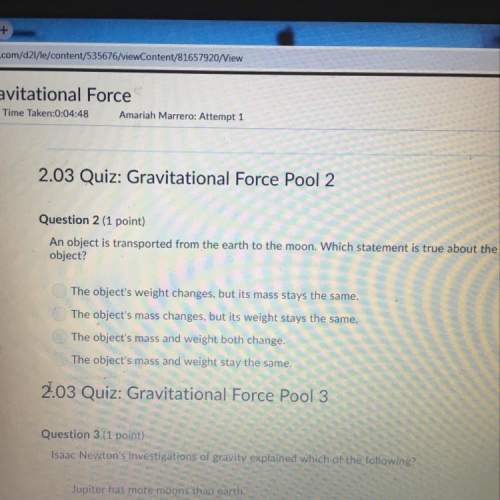
A chemist mixed two substances together: a blue powder with no smell and a colorless liquid with a strong smell. Their
repeating groups of atoms are shown above on the left. After they were mixed, the chemist analyzed the results and
found two substances. One ending substance had the repeating group of atoms shown above on the right.
Is the ending substance the same substance as the blue powder? What happened to the atoms of the starting
substances when the ending substances formed? Be sure to explain your answers to both of these questions.

Answers: 2


Other questions on the subject: Chemistry

Chemistry, 22.06.2019 04:50, aletadaboss
Acompound contains c, h, and o atoms. when 1.130 g of the compound is burned in oxygen, 1.064 g co2 and 0.3631 g h2o are produced. what is the empirical formula of this compound?
Answers: 1

Chemistry, 22.06.2019 10:20, blondielocks2002
Gwhich r group would most likely be found in a hydrophobic area of the tertiary structure of a globular protein? which r group would most likely be found in a hydrophobic area of the tertiary structure of a globular protein? −ch2−oh −ch2−o||c−nh2 −ch2−coo− −ch2−ch2−ch2−ch2−n+h3
Answers: 3

Chemistry, 22.06.2019 13:00, netflixacc0107
Amixture with the same composition throughout is!
Answers: 1

Chemistry, 22.06.2019 15:30, dylannhandy
Using the first volume and temperature reading on the table as v1 and t1, solve for the unknown values in the table below. remember to use the rules of significant figures when entering your numeric response.
Answers: 2
You know the right answer?
A chemist mixed two substances together: a blue powder with no smell and a colorless liquid with a s...
Questions in other subjects:

Arts, 02.11.2020 17:00

Physics, 02.11.2020 17:00


Mathematics, 02.11.2020 17:00

Mathematics, 02.11.2020 17:00








